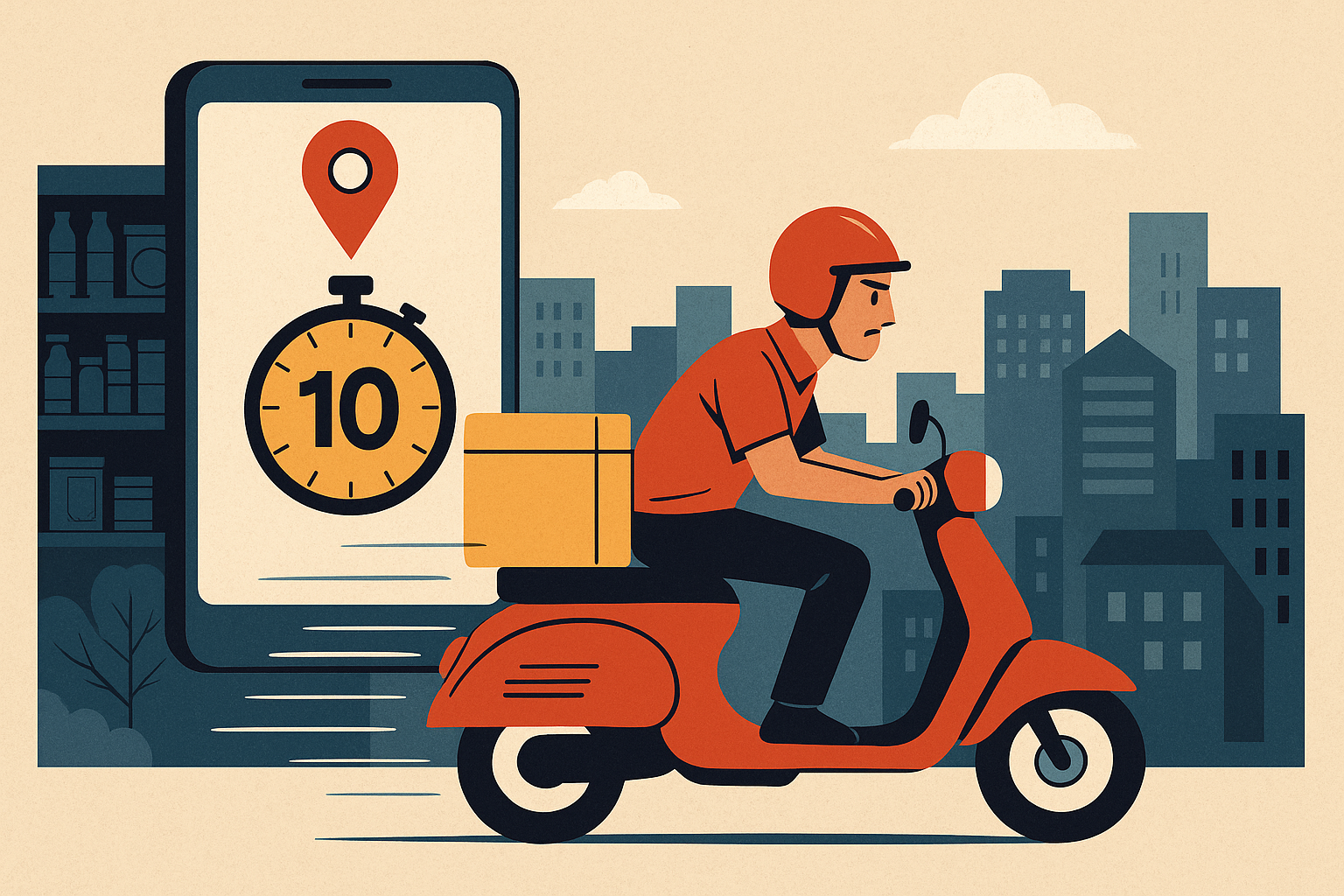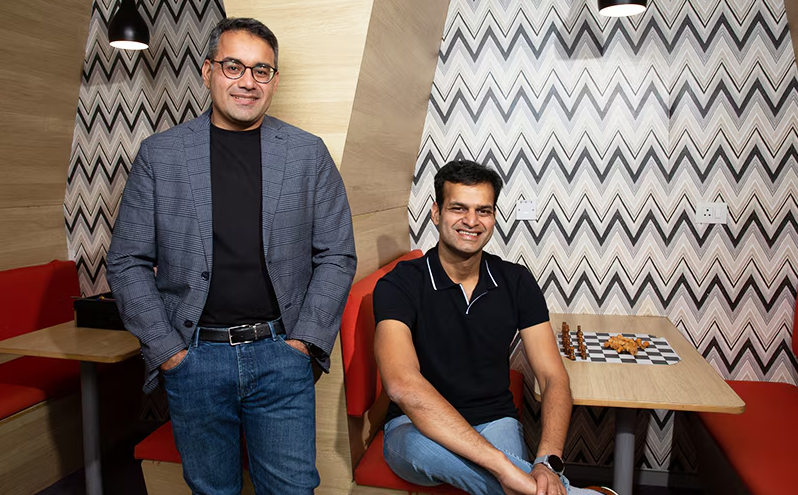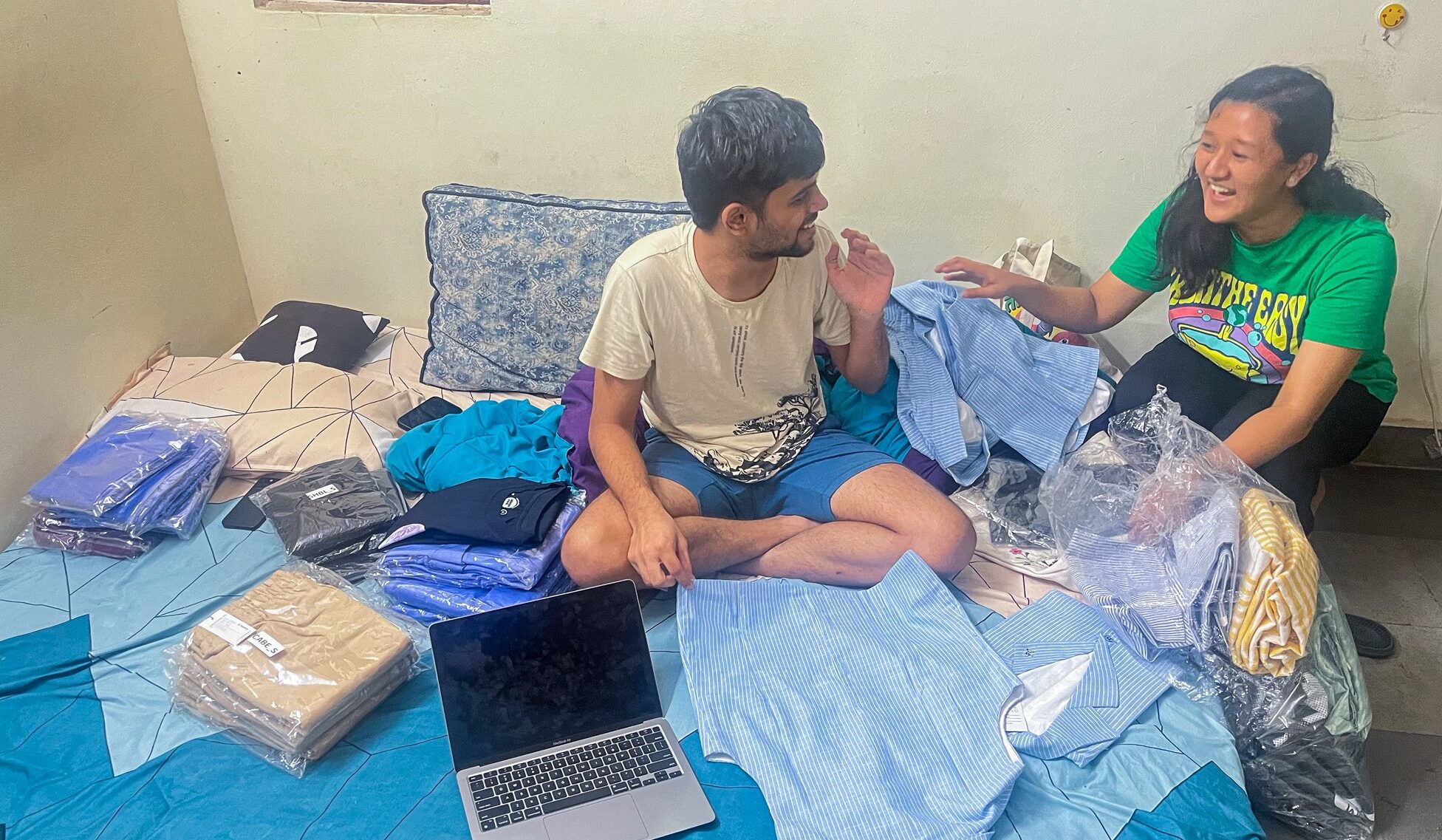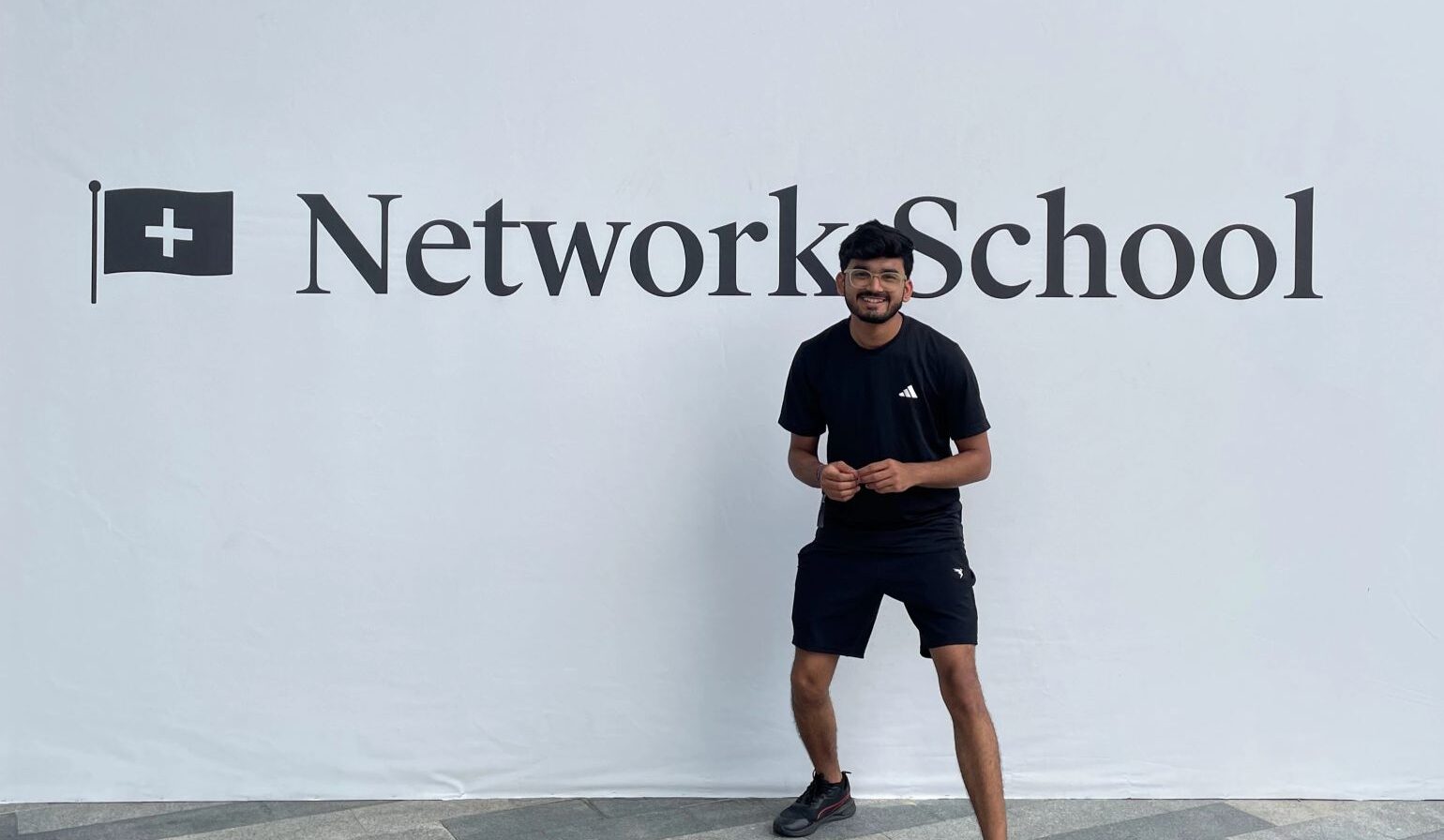What started as an experiment called Quick commerce (q-commerce) has now become an essential part of our daily lives. From groceries and electronics to clothing, these platforms promise deliveries in 10 minutes or less, revolutionizing convenience and reshaping India’s retail landscape.
But at what cost?
Here’s a detailed investigation into the reality behind the ‘10-minute delivery‘ claims, and the hidden challenges fueling this race against time.
10-Minute Delivery: Tracing the Evolution of Quick Commerce
From the humble beginnings of e-commerce in the 2000s, where convenience was about avoiding the store, not necessarily about speed, to fast-forward today, where a speed-driven race has dominated the retail world, quick commerce offers a stark contrast.
Timeline of Evolution:
- The First Wave: Traditional E-Commerce
In the 2000s, Amazon, Flipkart, and Snapdeal revolutionized shopping by offering 2-7 day delivery, making online purchases more convenient.
Pain Points: Long delivery windows, unmet impulse needs.
- Rise of Same-Day Delivery
Between 2015 and 2018, Amazon Prime and BigBasket introduced same-day and next-day delivery for essentials, significantly reducing delivery times. This shift marked the beginning of speed as a differentiator in e-commerce, catering to customers who increasingly desired quicker access to products.
Pain Points: Customers demand faster deliveries, especially for essentials like groceries and medicines.
- Birth of Quick Commerce (10–30 Minutes)
From 2020 to 2022, platforms like Blinkit, Zepto, Swiggy Instamart, and Dunzo initially promised 30-minute deliveries, later pushing the envelope to 10-minute deliveries in urban areas, catering to the growing demand for ultra-fast convenience.
Pain Points: Unrealistic delivery timeframes, pressure on delivery partners, high operational costs and environmental impact.
- The Scaling Phase: Hypergrowth
By 2023-2024, quick-commerce platforms like Zepto, Blinkit, and Instamart experienced exponential growth, delivering millions of orders each month. These companies expanded rapidly, meeting the rising demand for ultra-fast delivery services in both metro and smaller urban areas.
Pain Points: Worker safety and labor concerns, market saturation, operational challenges, etc.
This shift from thoughtful convenience to a quest for lightning-fast service reveals a fundamental change in consumer expectations and business operations. But with speed comes new challenges safety concerns, unsustainable practices, and unrealistic promises. As we embrace the era of ultra-fast delivery, the question arises: Are we sacrificing more than just time?
10-Minute Delivery: The ‘Dark’ Chain of Quick Commerce
- Customers
Being the primary drivers of the system, they place orders for products via mobile apps or websites. A customer intends to expects fast, reliable, and efficient delivery. And that’s how they get into the vicious cycle of quick commerce.
In the name of quick delivery, they receive:
- Compromised product quality, products nearing expiry
- Higher prices, minimum order charges, hidden costs, and more
- Limited choices due to restricted inventory
- A raise in unrealistic expectations
- E-Commerce Platforms
These platforms manage the entire user experience, from showcasing products in various categories, to remembering your preference based on your search and previous purchase. It also manages real-time inventory system, order routing, order processing, and delivery tracking.
What hides behind the curtain?
- Worker exploitation and burnout
- Unrealistic customer expectations
- Environmental impact with an increased fleet of delivery vehicles
- Operational losses, lack of sustainability, and shutdown
- Encouragement of overconsumption and impulsive buying
- Data privacy risk by tracking locations, tracing preferences, and shopping habits
- Dark Stores
These are the specialized warehouses or micro-fulfilment centers where you will find a wide variety of products including groceries, snacks, electronics, and daily essentials. Once you place an order, the dark store operator receives the notification and the picker has to search and grab all the items mentioned in your order within a limited timeframe as speed is crucial in dark stores.
The downside:
- Constant Deadline Pressure
- High Error Risk
- Customer Dissatisfaction
- Refunds and Cancellations
- Profit Margin Loss
- Delivery Partners (Riders)
After the order is packed, it is handed over to delivery riders, typically on motorbikes, e-bikes, or sometimes on a bicycle. Riders are often local gig workers who are dispatched via the platform’s app, which provides real-time routes and traffic data to ensure the fastest delivery. The app uses AI-powered algorithms to optimize delivery routes based on traffic conditions, order priority, and proximity to the customer.
The dark side:
- Worker Burnout
- Unrealistic Deadlines
- Increased Risk of Accidents
- Unsafe Working Conditions
- Data-Backed Concerns
- Marketing Teams
In quick commerce, the marketing is the major player as it aggressively focuses on speed-based campaigns that prompt ’10-minute delivery’ and instant convenience across platforms. With personalized targeting based on your previous orders and preferences, they craft tailored promotions that create an urgency to buy the products that you checked but forgot to buy.
With heavy discounts and a price drop promotion, they attract and retain users in an intensely competitive space.
Cons of Quick Commerce Marketing Practices:
- Customer Fatigue
- Over-Promising
- Discount Addiction
- Unsustainable Acquisition Costs
- Promotion vs Operational Gap
- Brand Dilution
Industry vs Customer- The Perspective
When it comes to quick commerce, both the industry experts and customers have a distinct point of view.
In a recent interaction with Ascendants, an industry veteran who resides in Gurugram and operates an e-commerce platform, shared his perspective and said: “In quick commerce, warehouses shrink, decisions speed up, and mistakes scale faster. Only those with operational precision survive the sprint.”
“Quick commerce, by design, compresses everything- time, space, and tolerance for error. Micro-fulfillment centers replace traditional warehouses, often operating out of dark stores or repurposed retail spaces within city centers. This reduces the distance to consumers but increases the complexity of managing high SKU turnover in tight spaces,” he further added.
Contrary to what the operators believe, a customer’s point of view is all about convenience, while speaking to a customer who works in a multinational company in Gurugram and recently became a father said: “I don’t want to plan my days in advance, I want what I need, right now. Whether it’s a missing ingredient, a late-night craving, or diapers at 2 AM, quick commerce feels like magic at my doorstep. I’m not thinking about warehouses or margin- I just expect it to be fast, accurate, and effortless. The moment it isn’t, I’ll try something else.”
“For me, it’s not just delivery: it’s a lifestyle convenience I’ve come to rely on,” he added.
Quick commerce lives at the collision point of two demands:
- The customer wants speed, convenience, and reliability
- The industry wants sustainability, margins, and operational control
However, the success lies in balancing both without breaking either.
Shaping a Fair Future for Quick Commerce
- Regulate Delivery Timelines
With the realistic delivery timelines, the physical and mental pressure can be reduced on the workers, and it can also discourage the tendency of dangerous driving to deliver in 10-20 minutes.
- Improving the Protection of Gig Workers
By mandating insurance, health benefits, and minimum wage guarantees for all delivery riders, the companies can improve their condition and ensure protection. Not only this, they also ensure that these workers work under proper shift limits and get enough breaks to avoid burnout.
- Fair Advertising Standards
With no misleading promises and proper monitoring of campaigns to ensure fair communication may reduce the impulsive buying and unnecessary expectations of fast delivery. Also, transparency around hidden charges and dynamic pricing.
- Data Privacy Safeguards
To protect customer privacy and prevent misuse, quick commerce platforms should implement stricter data collection policies that limit excessive tracking of user information. This includes being transparent about the data being collected, how it is used, and who it is shared with.
- Worker Feedback Mechanisms
Quick commerce platforms should establish anonymous feedback systems that allow delivery workers to report unsafe working conditions, exploitation, or unfair treatment without fear of retaliation. These systems would ensure that workers can voice concerns and highlight issues like excessive pressure, unsafe delivery practices, or low wages, without risking their job security.
Also, the government bodies and labor unions must play an active role in monitoring these grievances, conducting regular audits, and ensuring platforms adhere to labor laws and ethical practices.
- Opt for Ethical Alternatives
These platforms should focus on treating workers fairly, using eco-friendly practices, and being transparent about their operations. To encourage this shift, governments and industry organizations can reward companies that successfully balance convenience with ethics by offering public recognition, certifications, or even policy benefits like tax incentives.
Final Thoughts
Quick commerce has transformed shopping with ultra-fast delivery, but it comes with significant downsides, including worker exploitation, environmental impact, an increase in impulsive buying, and unrealistic expectations.
To ensure a sustainable future, we must prioritize ethical practices to be followed by the businesses, steps towards labor upliftment, transparency to customers, and data privacy. By regulating delivery times, improving worker conditions, and promoting ethical alternatives, we can balance convenience with responsibility, creating a fairer and more sustainable industry than we have today.
Read More: What a CEO, a Redditor, and ₹20 Reveal About Gig Work in India
























